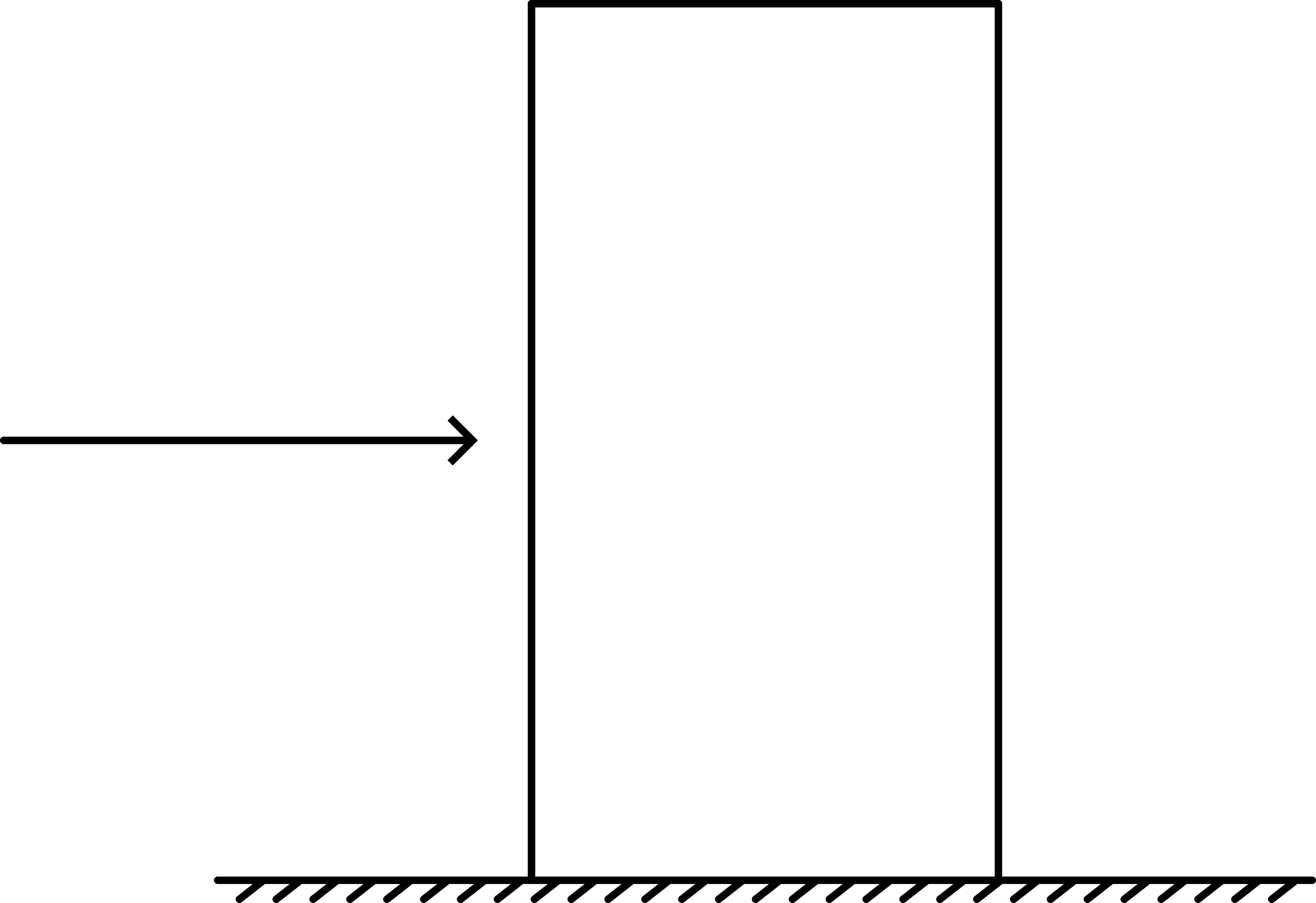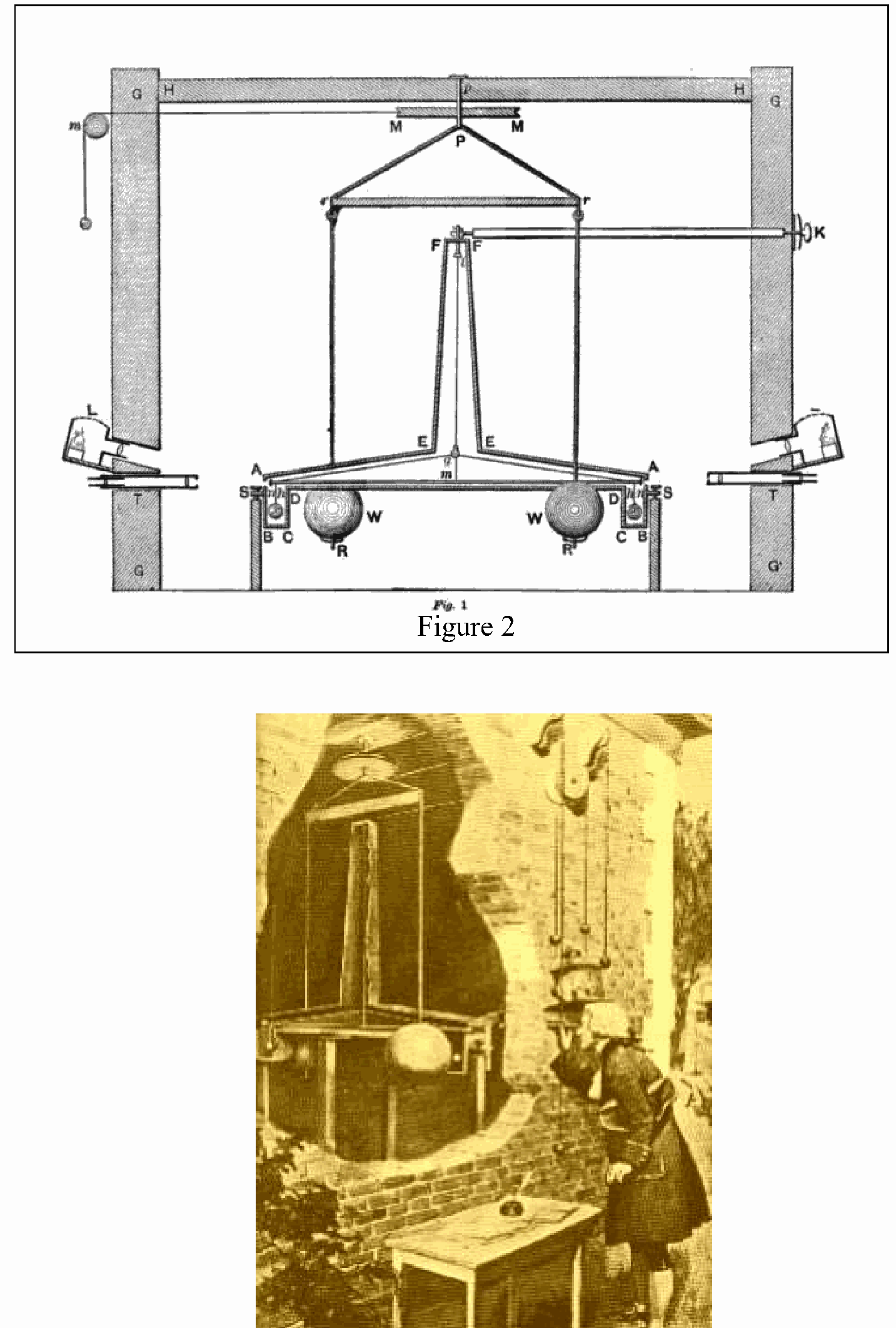10 Rolling Up-and-Down, Again and Again#
Aim#
Determining the coefficient of rolling friction and to give an impression how low the coefficient of rolling friction is.
Subjects#
1K20 (Friction)
Diagram#

Fig. 127 .#
Equipment#
U-shaped railtrack
Metal ball
Presentation#
Release the ball and it will roll down the track, climb the other track, and so on. But gradually the distance it rolls reduces (due to rolling friction).
After \(\mathrm{n}\) runs the coefficient of rolling friction can be determined by measuring the distance the ball travels upward in the \(\mathrm{n}\)-th run.
Explanation#
The potential energy of the ball equals (see Figure 128 and Figure 129)

Fig. 128 .#
\(U_{p}(0)=m g s_{0} \sin (\alpha)=F s_{0}\)
Reacting the other side (1): \(U_{p}(0)-U_{p}(1)=F_{f}\left(s_{0}+s_{1}\right)\)
So: \(F\left(s_{0}-s_{1}\right)=F_{f}\left(s_{0}+s_{1}\right)\)
\(s_{1}=s_{0}\left[\frac{F-F_{f}}{F+F_{f}}\right]=s_{0}\left[\frac{1-\frac{F_{f}}{F}}{1+\frac{F_{f}}{F}}\right]=s_{0} b\)
Rolling back ( \(\mathrm{s}_{1}\) ) and up ( \(\mathrm{s}_{2}\) ) again:
\(s_{2}=s_{1} \cdot b=s_{0} \cdot b^{2}\)
The coefficient of friction \((\mu)\) is by definition \(F_{f} / F_{N}\).
In this case (see Figure 129): \(\mu=\frac{F_{f}}{F} \tan \alpha\).

Fig. 129 .#
So the coefficient of friction can be determined by measuring \(s_{0}, s_{2}\) and \(\alpha\) and using the formulas above.
Sources#
Jordens, H.
